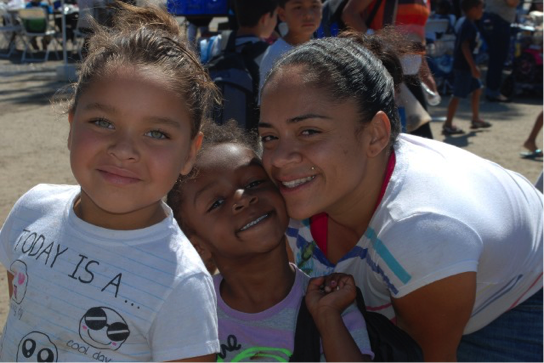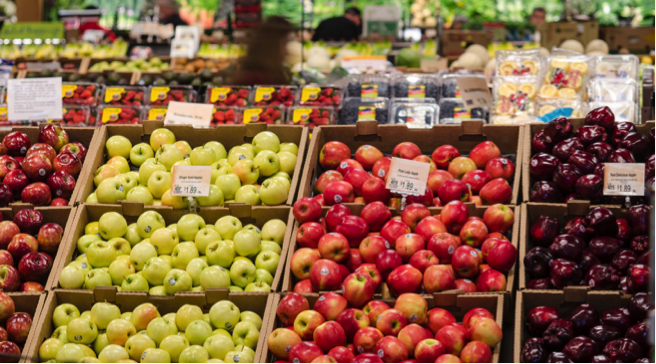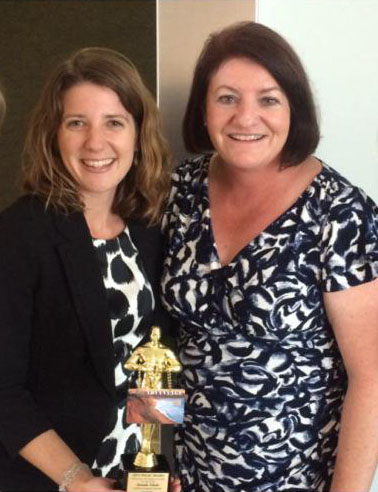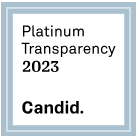Building Bridges with Heaven's Windows
/kids enjoying a heaven's windows child nutrition program
Led by Angela Kretschmar, the small team at Heaven’s Windows makes a big impact by working together with other community-based organizations. Each month approximately 1,500 families receive resources from Heaven’s Windows including grocery staples, summer meals, and after-school snacks through sites such as churches and other neighborhood agencies. But the Heaven’s Windows team doesn’t stop at providing food. They serve as a resource center helping each person access the unique assistance needed to improve their lives.
Angela reached out to us seven years ago, because she felt the Hunger Coalition could provide guidance and support for her mission. The Hunger Coalition provided advocacy strategies, CalFresh training and outreach opportunities, and put her in touch with other community-based organizations. Angela has been thankful for the Hunger Coalition’s CalFresh Task Force monthly meetings where she and her team can address real-time client issues and contract questions, as well as discussing complex program regulations.
It has been a match made in heaven. A recent success story is “Jim,” who came to Heaven’s Windows looking for support in navigating his journey from prison to workforce re-entry. Consistent food assistance was an important piece of the puzzle. Through its partnership with San Diego Hunger Coalition, Heaven’s Windows helped Jim secure food assistance through CalFresh. Once that basic need was met, Jim enrolled in job skills training. With hard work and the right resources, Jim is now employed full-time and on his way to a healthy, active life.
Angela is also excited about working with Robin McNulty, the Hunger Coalition’s new Director of School Meal Programs. “The Hunger Coalition will provide a much needed bridge between small nonprofit agencies serving children and local school nutrition services departments providing the food,” says Angela. She is also looking forward to joining the Hunger Coalition-facilitated Summer Meals Task Force, which is a resource for organizations and schools wanting to start new summer meal sites and/or improve participation at existing sites. Heaven’s Windows provided 88,000 meals to children during the 2015 summer break, and they are planning to provide even more in 2016!
San Diego Hunger Coalition is proud to partner with Heaven’s Windows. We look forward to continuing our work together in 2016 to help more people like Jim move from food insecurity to self-sufficiency.


























